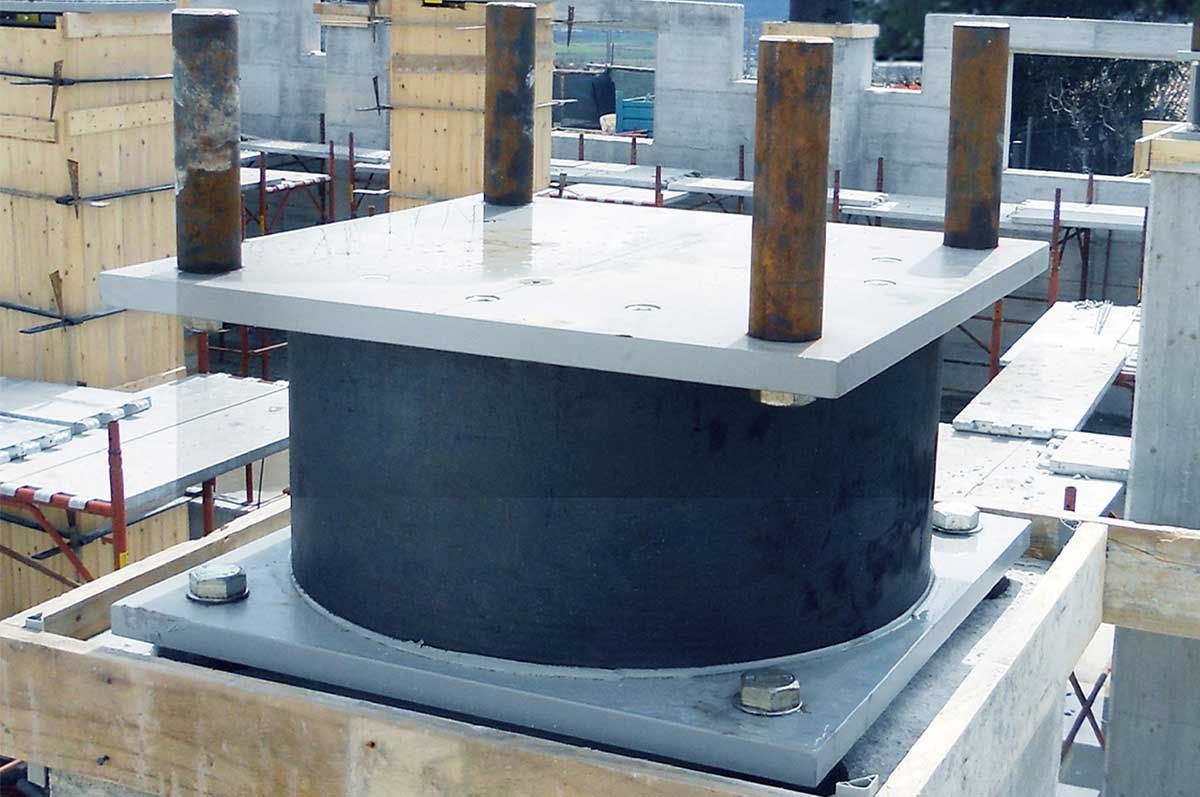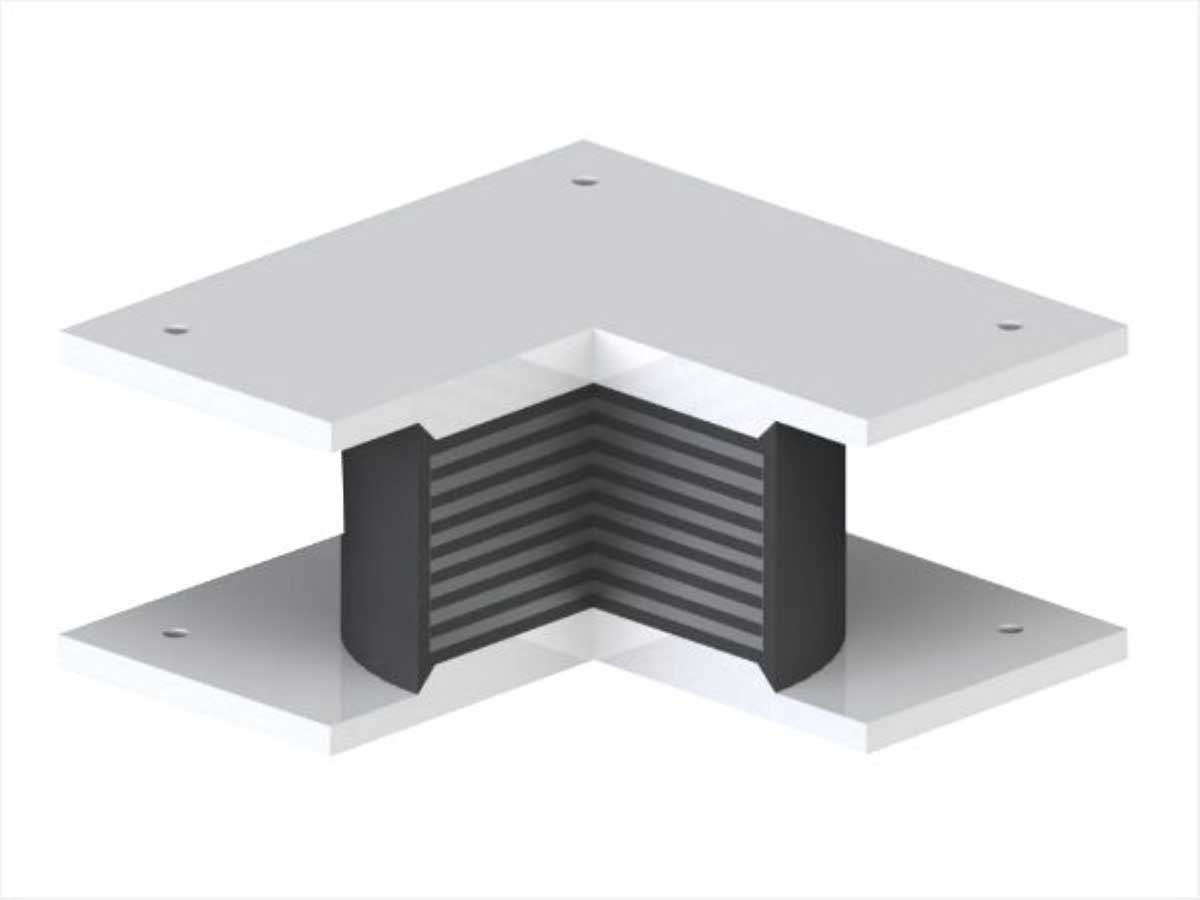Seismic isolators are structural engineering devices whose purpose is to mitigate the destructive effects of earthquakes on buildings and infrastructure. Seismic isolators can safeguard the structure from ground shaking caused by earthquakes, significantly improve earthquake performance and reduce the risk of damage or collapse during earthquakes.
Isolators must be installed strategically to isolate buildings from seismic movements. These isolation devices, equipped with tuned springs and dampers, reduce the energy transmitted to the structure and therefore prevent the structure from being affected by the earthquake.
The principle of operation of seismic isolators is that of disconnecting the structure from its foundation. With them, the structures slide, or rather, it is the ground that slides under them, in horizontal movements, during the earthquake.
Seismic isolation is the only proven method that simultaneously keeps the relative deflections and accelerations of the building floors under control. It dissipates the impact of the most severe earthquake and therefore ensures the continued use of the structure after the seismic event.
You can read more about architecture and construction in relation to earthquakes in the article:
Devices for seismic zones in architecture and construction.
By Jean Carlos Soto, Senior Structural Engineer in the Architectural Department of Amusement Logic







